These are metro line No. 2 (Ben Thanh - Tham Luong section); metro line No. 2 (Ben Thanh - Thu Thiem); Thu Thiem - Long Thanh line; Binh Duong New City - Suoi Tien line; Thu Dau Mot - Ho Chi Minh City line; phase 1 of metro line No. 6 (Tan Son Nhat - Phu Huu); and Ben Thanh - Can Gio line. Of which, 3 key lines (metro line No. 2 Ben Thanh - Tham Luong, metro line No. 2 Ben Thanh - Thu Thiem, Thu Thiem - Long Thanh line) must be completed before 2030 along with 2 national railway lines assigned by the Central Government.
That means urgently reviewing the master plan of the HCMC railway system after the merger (expanding to about 27 lines with a total length of more than 1,012km, not including a number of urban railway lines and other proposed additional railway lines) to ensure consistency with the socio -economic development strategy (in the Adjustment of the HCMC Planning) and the urban development orientation (in the Adjustment of the HCMC General Planning).
When identifying 3 key routes that are prioritized to concentrate resources, Secretary of the City Party Committee Tran Luu Quang also requested to simultaneously establish progress milestones and assign specific responsibilities, to avoid waiting and congestion due to lack of coordination. In particular, in the site clearance stage, priority must be given to resettlement arrangements for each project; during the time when people have to move from their old residence while the resettlement area is not yet completed, there will be a mechanism to support house rent...
Regarding investment capital, in reality, the central government and the HCMC budget can only meet about 66% of the total investment demand. Therefore, it is necessary to diversify additional resources, both public and private capital, including promoting land exploitation according to the TOD model (urban development associated with public transport) and public-private partnership (PPP) methods, especially build-transfer (BT) contracts.
Regarding the investor and project management model, recently, public opinion has expressed concerns about the form of private investors building and transferring railway projects to the State (according to the BT or EPC+F model). In reality, the annual operating and maintenance costs for urban railway lines are often very high, up to 4%-5% of the initial investment cost.
Therefore, to avoid the situation where the State bears most of the risks during the operation phase, private investors should be encouraged to participate in the model throughout the project life cycle. Or we can consider the consortium model between private investors and state-owned enterprises participating in railway construction and urban development according to the TOD model to ensure that the State can participate in controlling and limiting risks during the investment, construction and operation of the project, especially regulating the added value from land and urban development. At the same time, with the TOD model, the interests of people and investors are guaranteed when residential, working and living areas are well organized around railway stations; the efficiency of land exploitation increases.
An effective and highly feasible model that should be studied is the Urban Railway Corporation model with 100% state-owned charter capital under the People's Committee of Ho Chi Minh City to ensure investment, management and synchronous operation of the metro system, while developing the effect of the TOD model as mentioned above. Thus, it is important to apply the new and open points of each specific resolution (such as Resolution No. 188/2025/QH15 on piloting a number of specific and special mechanisms and policies to develop the urban railway network system in Hanoi and Ho Chi Minh City); and apply the adjustment and supplementation of points suitable to the situation of Ho Chi Minh City after the arrangement in Resolution No. 98/2023/QH15.
A typical example is the proposal to the National Assembly to include the railway line connecting Ho Chi Minh City and Long Thanh International Airport in the list of beneficiaries of the special mechanism of the Resolution amending Resolution No. 98 and Resolution No. 188. The city should also be given a "clearing the way" mechanism for direct investment methods such as the case of VinSpeed investing in the Ben Thanh - Can Gio high-speed railway line, and mechanisms to regulate the added value from land and property tax.
At that time, each calculation about capital, investment model and method of organizing and implementing 6 metro projects... that Secretary of the Ho Chi Minh City Party Committee Tran Luu Quang has mentioned, can be solved correctly and quickly.
Source: https://www.sggp.org.vn/toan-luc-hoan-thanh-6-du-an-metro-post824001.html








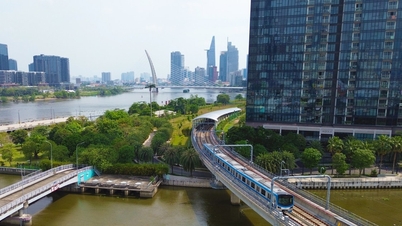

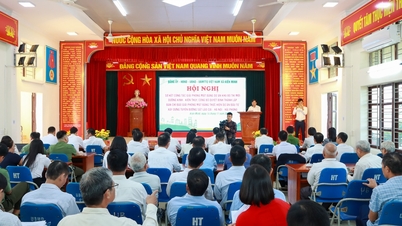

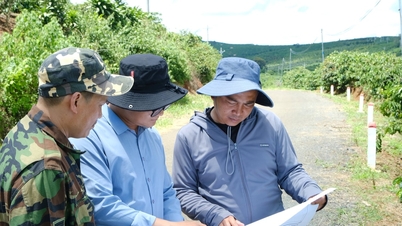


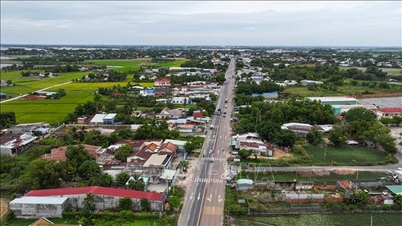

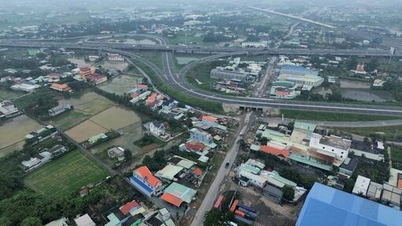

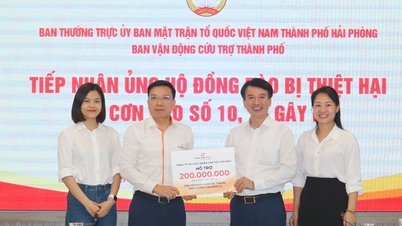





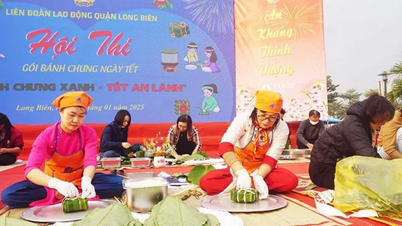






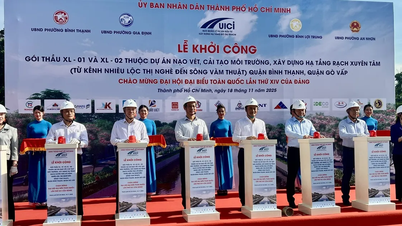


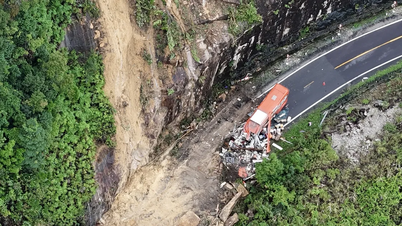
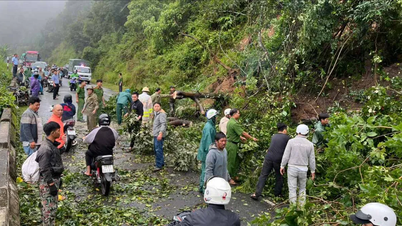


![[Photo] General Secretary To Lam and National Assembly Chairman Tran Thanh Man attend the 80th Anniversary of the Traditional Day of the Vietnamese Inspection Sector](https://vphoto.vietnam.vn/thumb/1200x675/vietnam/resource/IMAGE/2025/11/17/1763356362984_a2-bnd-7940-3561-jpg.webp)





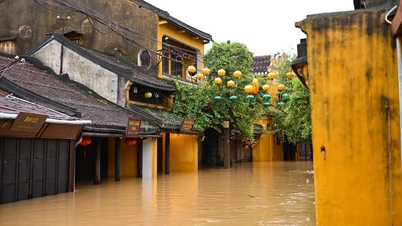

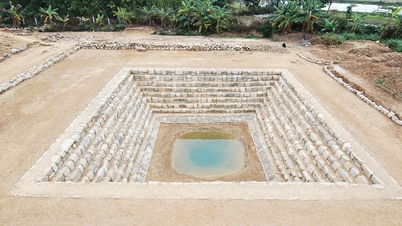

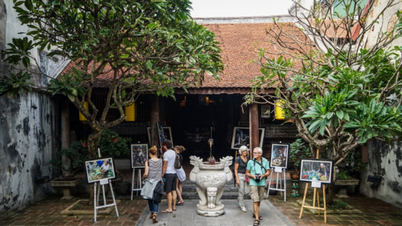





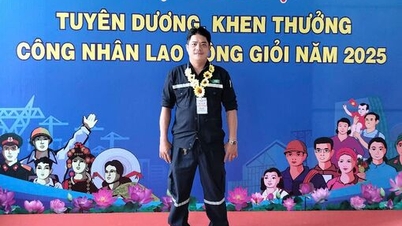









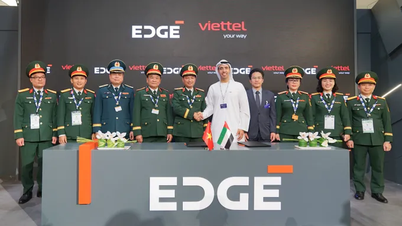
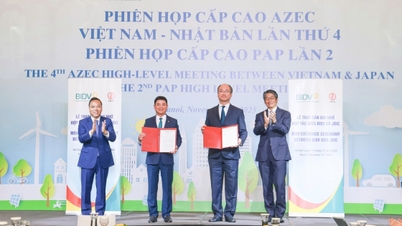




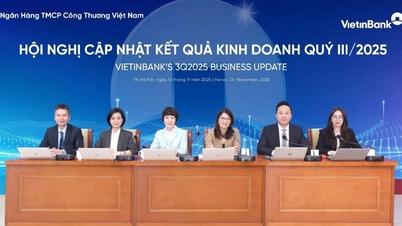


















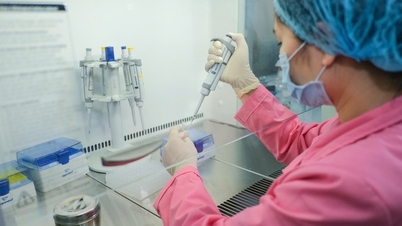




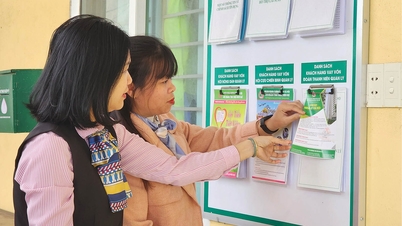




















Comment (0)